Stages of strawberry care in autumn
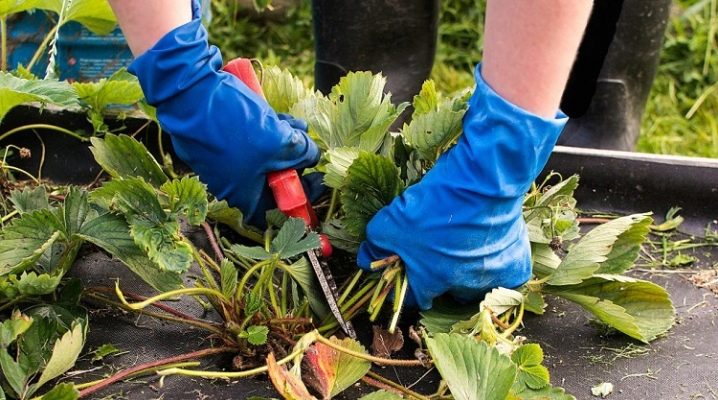
Everyone loves strawberries: both adults and children. This is a very sweet, tasty and healthy berry. It can serve as a full-fledged dessert, which will also be low-calorie, as well as a wonderful decoration for various dishes. Even if it is not the most whimsical plant, it requires special care rules, including in the fall.
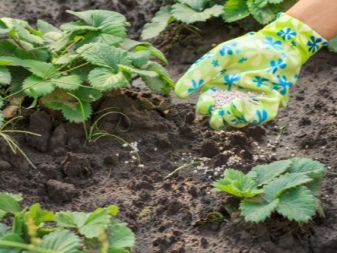

Where to begin?
Autumn care for strawberries should begin after harvest, during the period when the bushes are at rest... The manipulations carried out by gardeners during this time period help to prepare the culture for winter and restore it after abundant fruiting. High-quality care of strawberries makes it possible to transplant them at the end of September, thanks to which the bushes have time to take root, overwinter and harvest the next year.
Before starting all procedures, it is necessary to prune, after which the surface of the soil should be cleaned, raking up the litter with a hard broom. All organic residues must be burned. When only a few young leaves remain from the bushes, you can proceed to the main stages of care. Caring for berry crops in autumn includes watering, loosening the soil, applying top dressing, timely detection of diseases and pests and the fight against them.
Novice gardeners often make mistakes, which result in weakening plants and a poor harvest in the next season, and missed signs of diseases and harmful insects lead to the death of strawberries.

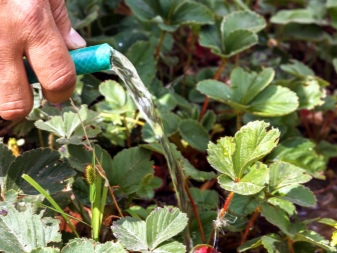
The nuances of trimming
Trimming plays one of the most important roles. Samples should be checked for fungal infection or parasites before starting the procedure.... If the plant has been infected, absolutely all foliage must be removed to avoid the risk of re-infection. After the bush should be processed. Further, it is necessary to monitor not only his condition, but also the health of his neighbors, since they can also be infected. Don't forget about disease prevention, as it can prevent a wide variety of problems.
If your plans did not include planting plants, then you should completely remove the mustache. This will prevent them from draining your strawberries. But if you still propagate the bushes, then leave a couple of the largest and strongest shoots. Next year you can successfully plant them. When trimming, be sure not to remove anything unnecessary. It is worth being extremely careful with the buds, since with their help, fruiting will occur next year. The height of the cut bush should be about 11-12 centimeters, otherwise you risk damaging the plant.
It is recommended to use garden shears or pruning shears as a tool. Make sure that they are as sharp as possible, as in this state they will cause much less damage to the bush. Never pull the leaves with your hands. Such a cruel procedure causes irreparable damage to the root system. At best, the bush can lose its fruitfulness, and at worst, it can die due to numerous injuries. It is also very important to remove all weeds along the beds. They can interfere with proper growth and development, and also complicate the care of strawberries in the fall or harvest several times. However, the collected plants should not be in a hurry to dispose of, they may still come in handy. So you can use them as a nutritious fertilizer, thereby making it easier to care for strawberries.
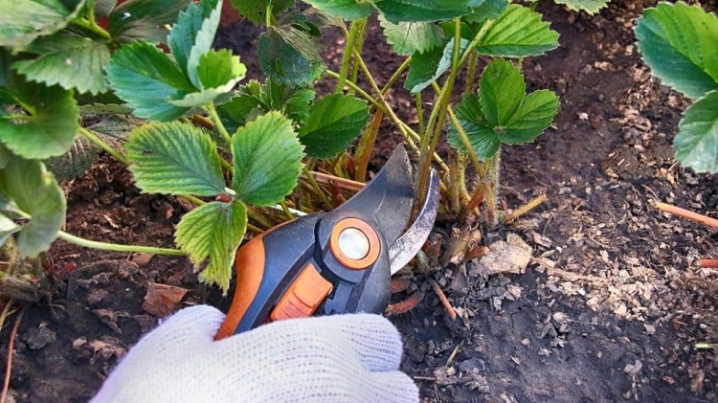
Loosening and mulching
After you have done all the necessary actions with pruning the bushes, you need to pay attention to loosening the earth around. The condition of the soil greatly affects the health of plants, so this process should be approached as responsibly and carefully as possible. Since strawberries have a shallow root system, be careful. Loosen it at a distance of 15 centimeters from the bush itself, so as not to injure it.
Mulching will help the bush to be more fertile and strong. You should use completely different materials as bedding. So, the space between the bushes can be sprinkled with sawdust, which will retain moisture and heat, preventing the root system from drying out or freezing in winter. But there are other ways to create a safe shelter from the cold. For example, spruce branches or straw can be used. They will also keep the roots warm and prevent frostbite.
This procedure is especially important in the cold regions of our country.
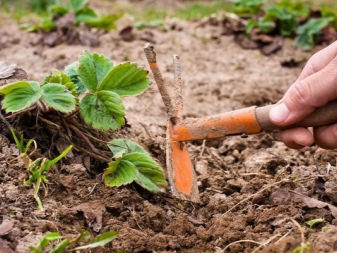
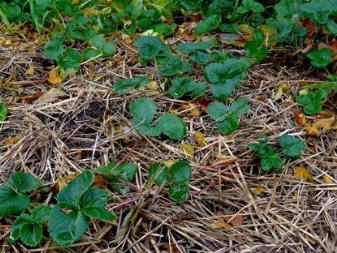
Watering
Strawberries need abundant watering during a particularly hot time or during the fruiting period. At another point, you can stop watering the plant too often. You always need to know when to stop. Excessive moisture levels can seriously damage the planting and cause the growth of mold or other fungal diseases. Before wintering, the plant needs to be watered much more abundantly so that it can survive the winter more comfortably.
Top dressing
Top dressing is very important for strawberries, but it is worth remembering that in the fall it must be done twice... The first time is at the beginning of the season, and the second time is in the middle, before the first frosts. It helps to restore depleted soil after fruiting, helps the plant gain strength before the cold weather.

Fertilizers
Fertilizers are organic and mineral. Both of these varieties play an important role in the development and growth of strawberries. They differ in their origin, and if organic fertilizers can be obtained at home, then mineral fertilizers will have to be purchased in a specialized store. The former include ash and chicken droppings - these are some of the most affordable remedies. They contain many useful minerals of natural origin, which are not always useful in their pure form.
Copper sulfate, Bordeaux liquid, urea protect strawberries from pests, but they must be consumed in moderation. They can poison not only harmful microorganisms, but also the plant itself. Urea should be used as a nitrogen source. Usually it is added before planting in a small amount under each bush. Potassium monophosphate, potassium humate and "Kalimagnesia" are mineral fertilizers from the category of phosphorus-potassium.
Fertilizing with them is necessary to maintain the level of potassium in the soil, but it is worth remembering the rates. Excessive use will negatively affect the condition of the plants.
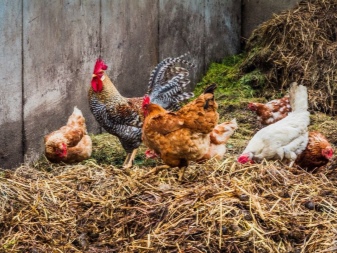
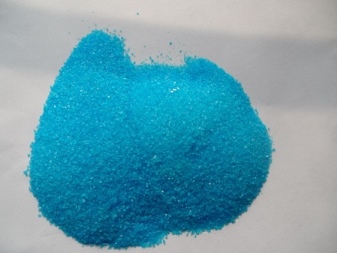
Fertilizing strawberries with ammonia is worth both for feeding and to protect against diseases. Usually it is not used in its pure form, but a solution with water is used. For a good effect, they should be fertilized twice a season. Thanks to its cumulative effect, Borofoska will be able to contribute to the taste of the fruit. It is recommended to feed the plants with it, as it gives the berries a very sweet and juicy taste. Ash can enrich the soil with various organic trace elements. Its main advantage is its availability, since it can be easily obtained at home, but it is worth remembering about safety precautions.
Fertilizing with chicken manure when planting will be a source of potassium, calcium and phosphorus for a long time, due to the fact that this substance decomposes for a rather long time, releasing nutrients. If you keep animals in your area, then it will not be difficult to get such fertilizer. If not, then it can be purchased at a not very high price. Equally high-quality fertilizer will be horse manure or humus. Their organic properties have a beneficial effect on plants and soil. You should be extremely careful with inorganic fertilizers, as their excess can be very detrimental to plants.
It is most effective to use a mixture of organic and inorganic fertilizers. In equal proportions, they will give the most noticeable result.
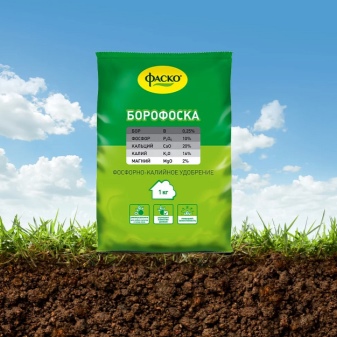
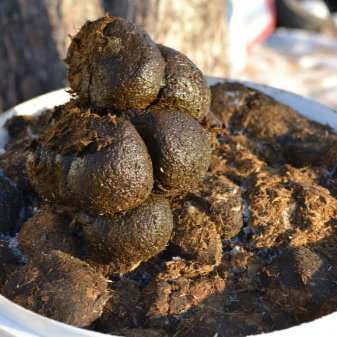
Terms of introduction
Most often, fertilizers are applied to the soil at the same time as planting, but if necessary, they can be added later.... Some of the types of dressing are used several times in one season, others are used only once, but this factor depends on the type of fertilizer.
Transplant rules
Strawberries that stay in one place for a long time gradually lose their yield and become weaker. To extend the life of a bush, it is necessary to transplant it every few years, so its youth will last much longer. Planting can be done both in spring and autumn. However, this is easier and better to do in the fall. So watering and caring for the plant is minimized, and juicy and ripe fruits can be obtained by next summer. The bush will have time to settle down and settle in a new place, without wasting energy on the growth of foliage or fruits. Before planting, it is worth preparing a new place where strawberries will now grow.
Remove any weeds or plants that will get in the way of planting. You can not throw away the resulting waste, but recycle it and use it as fertilizer for further work. It is worth taking into account the fact that after cabbage, tomatoes or potatoes, strawberries will not grow very well. Apply fertilizer to the soil, so the plant will take root several times easier. You can use both organic and mineral. It all depends on the characteristics of the soil in which you are going to plant strawberries.
Dig holes in which to plant the plants. Adjust the diameter of each of them to the size of the roots of the bush to avoid kinks or damage. It is necessary to maintain a distance of at least 20 centimeters between the holes. So the plants will not interfere with each other's growth and development. Do not forget about the distance between the beds, without it you will not be able to walk between the rows in order to water the plant or harvest.
After you have planted the plants, water the resulting planting abundantly, so by next summer the planted bushes will take root and will be ready to give good fruits.

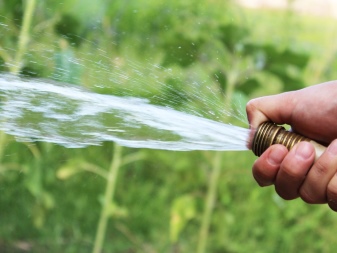
Treatment against diseases and pests
Strawberry is a rather fragile plant that often becomes an object of attack by parasites, so you will have to spend efforts to preserve its health. Since it is quite humid and cool under its leaves, it becomes a favorite place for slugs, who liked sweet and juicy berries. Due to moisture, mold or other fungal diseases can appear on its roots. However, most of these problems can be easily avoided with proper plant treatment and regular maintenance.
To protect the plant, you can water the soil with a specialized solution such as Topaz or another that has been proven in your personal experience. Dilute the drug, guided by the instructions on the product packaging (or on the manufacturer's website if the manual is not on the product itself). Thoroughly work the soil around the planting, and cover with plastic on top. It will shorten the term of work, and the result will be more impressive.And also do not forget about the treatment with less toxic and strong substances. They are used to prevent and prevent the appearance of a serious problem. There are a huge number of recipes that you can easily repeat. Carrying out these procedures in a complex, you are unlikely to encounter problems in the form of uninvited guests.
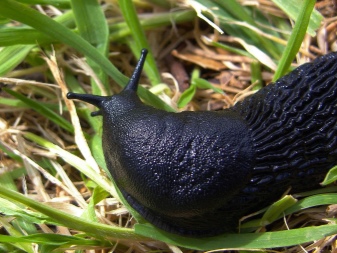
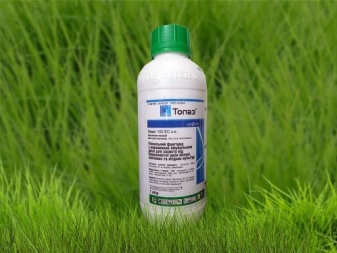
Preparing for winter
The level of preparation may differ from region to region, as some are dominated by warmer and wetter winters, while others are colder and more windy. However, very often the plan of action remains the same.
- Trim the leaves and antennae so that they do not interfere with the plant's development.
- Check bushes for diseases and parasites.
- Prepare a shelter. It can be sawdust, peat or straw, or agrofibre, which will keep warm in the worst frosts.
This is the most classic series of actions that every strawberry lover performs before winter so that his efforts are not in vain.
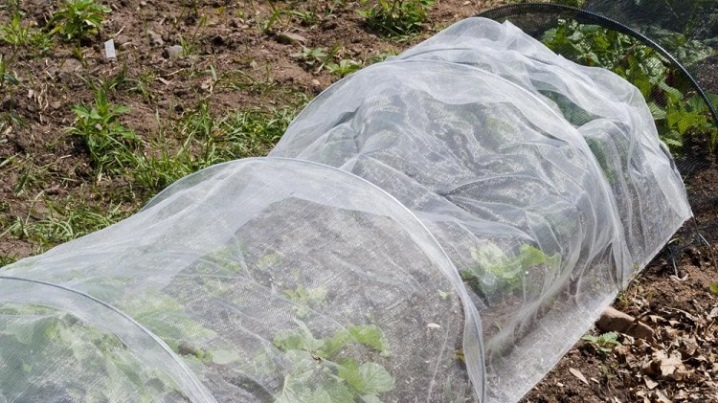
Features of care taking into account the region
It is very important for a gardener to prepare for winter in time and be in time before the first frost, otherwise the bushes may die without giving a harvest for the next year. Depending on the region, the preparation time may take place in different ways. Somewhere frosts come faster, and, as a result, it is correct to prepare there earlier, but somewhere, on the contrary, summer residents finish all preparations almost before November. So, in Siberia, because of the cold and short summer, strawberries are prepared for winter immediately after harvesting in the country. All these works must be done as quickly as possible in order to complete them completely in the autumn season.
In the Moscow region, the harvesting of leaves begins in August-September, so that the bush has more time to recover all its strength. Usually, by September, gardeners already have time to thin out all the beds to a single one. And in the Urals, due to unpredictable weather conditions and sudden temperature changes, they begin to take care of Victoria in the middle of summer. So there will be more chances that the plant will live until next year. In the south of Russia, all garden strawberries are finished to be harvested only in October, since this is a very thermophilic plant, and for it these are the most pleasant and comfortable climatic conditions.

What to do if strawberries bloom in September?
Usually, strawberries bloom at the very beginning of summer, in which case they completely manage to complete the cycle of their flowering and fruiting. But it may happen that it blooms in early autumn. This is due to improper care or due to an abnormally warm autumn. And also the flowering is provoked by such factors as the aging of the plant, when it is no longer able to control the level of its flowering. This can happen due to too strong or early pruning - in this case, the plant begins an accelerated regeneration, as a result of which accelerated growth and vigorous flowering begin. This can lead to the death of the plant or to infertility next year.
To prevent the consequences, all flowers and buds should be cut off. So the bush will be able to start preparing for the winter season without health losses. Now the bush and its condition will have to be closely monitored so that deviations from the norm are no longer observed.
Note that all of the above applies to non-refurbished varieties. Repeated flowering and fruiting is the norm for remontant strawberry varieties.
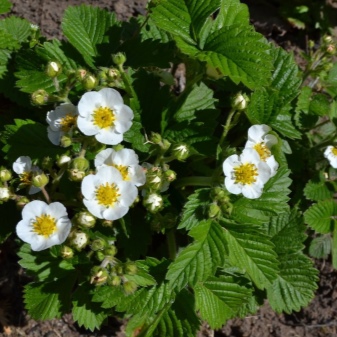
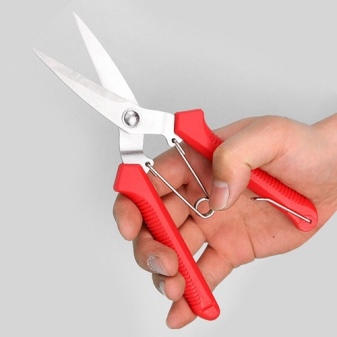
Common mistakes
One of the most common mistakes is cutting the leaves too short. Inexperienced gardeners often cause deep injuries to the plant by cutting off important parts. You should be as careful as possible and watch the direction of the instruments. Fertilizers should complement the soil, making it more fertile at the same time. Do not "replace" the soil with them.
Everything should be in moderation. Over-feeding will only harm the plant.The same applies to remedies, at some point, instead of benefit, they can cause irreparable harm. To avoid such an outcome, you need to look for a middle ground. Observe the watering regime. If you notice the appearance of mold, then the plant is experiencing excess moisture. In this case, it is worth stopping the flow of water, and not continuing to moisturize abundantly.

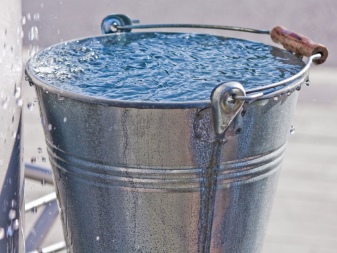
Useful Tips
Keep a close eye on the health of your plants. The state of the green can say a lot about your bush. So, dryness and lethargy can be clear signs of a lack of moisture, and their too small size can be the result of poor feeding. Perform preventive procedures regularly. A single use of drugs may not have the desired result. By disinfecting on an ongoing basis, you will very soon notice a positive result.
The tools with which you carry out the work must be kept clean. With rusty and dirty appliances, you risk either injuring the plants or yourself. If something does not work out for you, then be patient and try to understand the reason more comprehensively. This is a rather difficult craft that requires tremendous effort.
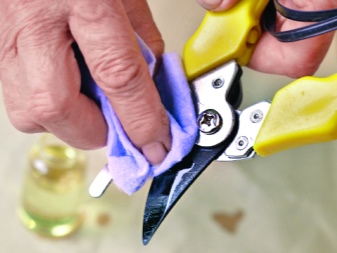
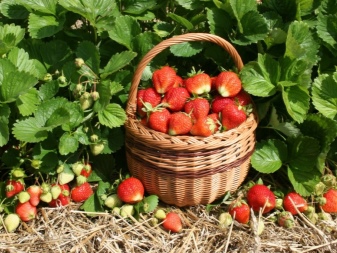













The comment was sent successfully.